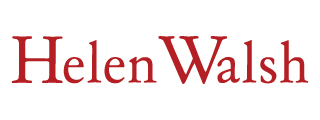Happy September, friends! How did we get here already?
It’s Saturday, and I’m writing this at the cottage, that very Canadian of experiences, having come from a mid-afternoon kayak in the hot sun, followed by a plunge in Georgian Bay water already cooling enough to be refreshing. Tonight’s temperature promises to be an unseasonably chilly 9°C/45°F; I’m thinking a blankie, roaring fire and small scotch will be required.
Bliss, in other words.
August usually finds me chasing my cultural fix in Edinburgh, but instead this year I wandered a 165-km craggy, wildly beautiful Newfoundland peninsula dotted with fishing villages and outports, collecting stamps on my Bonavista Biennale passport as I absorbed thought-provoking and sometimes startling contemporary art by Indigenous, Canadian and global artists.
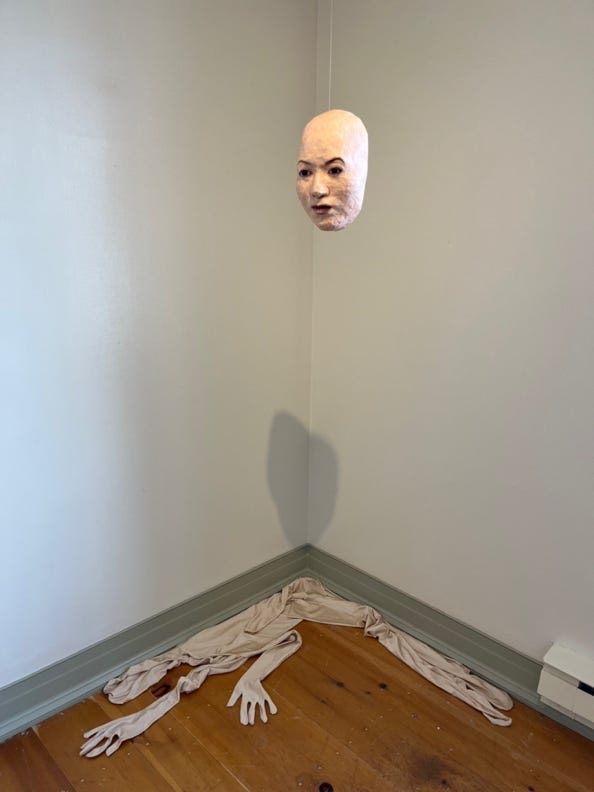
There’s something so intrinsically satisfying about encountering art outdoors or in small-town festivals like Stratford, or Hay, or Tanglewood.
No jammed-packed subways or clogged roads to deliver you (now in a foul mood) to a theatrical venue serving over-priced wine of dubious quality that you can’t take to your squished seat. (At least not in Toronto, unlike London where you can pretty much eat a three-course meal during the play.)
Like many cultural festivals, Bonavista’s was launched six years ago with a mix of cultural, tourism, and marketing goals in mind. Until this year, I’d never heard of it.
The grand-dame of art biennales is of course Venice. It was started in 1895, at a time when the city had decreased in prominence due to the demise of the European “Grand Tour” – the custom where upper-class young men engaged in a lengthy educational rite of passage around Europe, in which Venice played a starring destination role.

But, by the late-18th century enthusiasm for classical culture had waned; meanwhile, accessible rail and steamship travel expanded horizons. What was a city to do?
If you were Venice City Council, build a world fair focussed on contemporary art, and in doing so justify a much-needed regeneration of a dissolute part of the city while aiming to regain your place on the global cultural map.
I’ve always loved site-specific art and have produced many such installations over the years. The goal is to curate work whose core artistic theme/question inter-relates to the location in which it’s presented. And, in cases were multiple pieces of art are displayed, to ensure they engage in a dialogue with each other.
The theme of this year’s Bonavista Biennale was Host. To welcome a guest, with generosity as well as expectation of reciprocity. The curated pieces explored the meeting point between people, perspectives, life forms or locations, primarily the environment and Indigenous-settler relations.
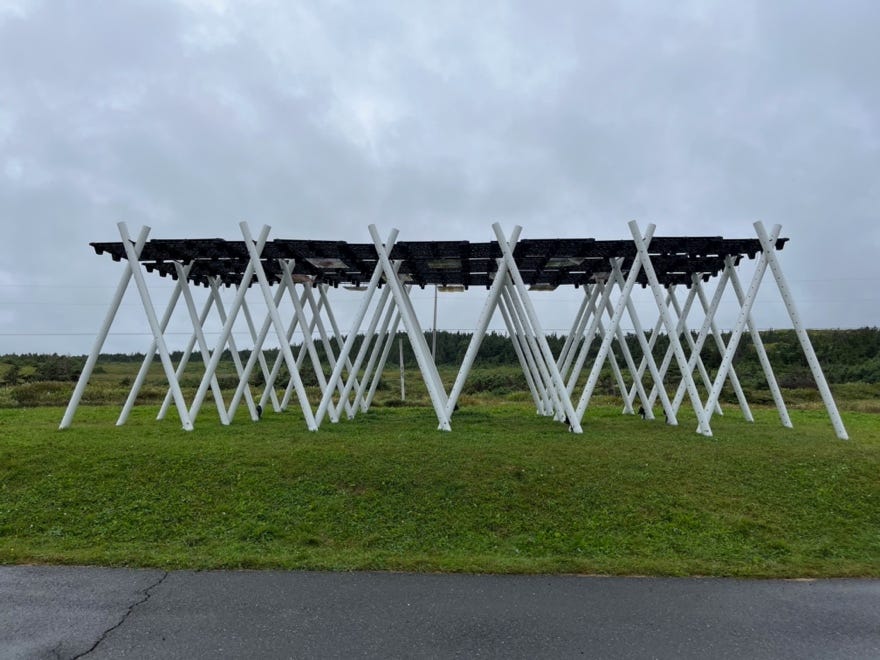
Before August, I knew the Bonavista Peninsula mainly as a song lyric in I’se the B’y by Great Big Sea. But now I feel more intimately connected to it, having spent time in many of its small towns and rural locations as I searched for installations in closed slate mines, or community halls or on the outside wall of variety stores.
Along the way, I chatted with locals, ate in owner-operated restaurants, bought folk art in cafés and thought about connections to nature and one another. What is mutually beneficial and what is parasitic? Where does resilience come from?
One hundred and thirty years ago, the Venice Biennale aimed to spark a conversation about contemporary art that was not happening in the major galleries of the time. That goal has been eclipsed in the century since, as galleries expanded their focus and contemporary art exhibitions popped up everywhere.
One thing I found interesting about the Bonavista Biennale was the interplay it set up right off the bat, with the first installation by filmmaker and multi-disciplinary artist Glen Gear, whose work I had seen the previous day in The Rooms in St. John’s. The two different installations were considered to be a portal to each other, with the artistic theme explored differently, but inter-connectedly, in both locations.
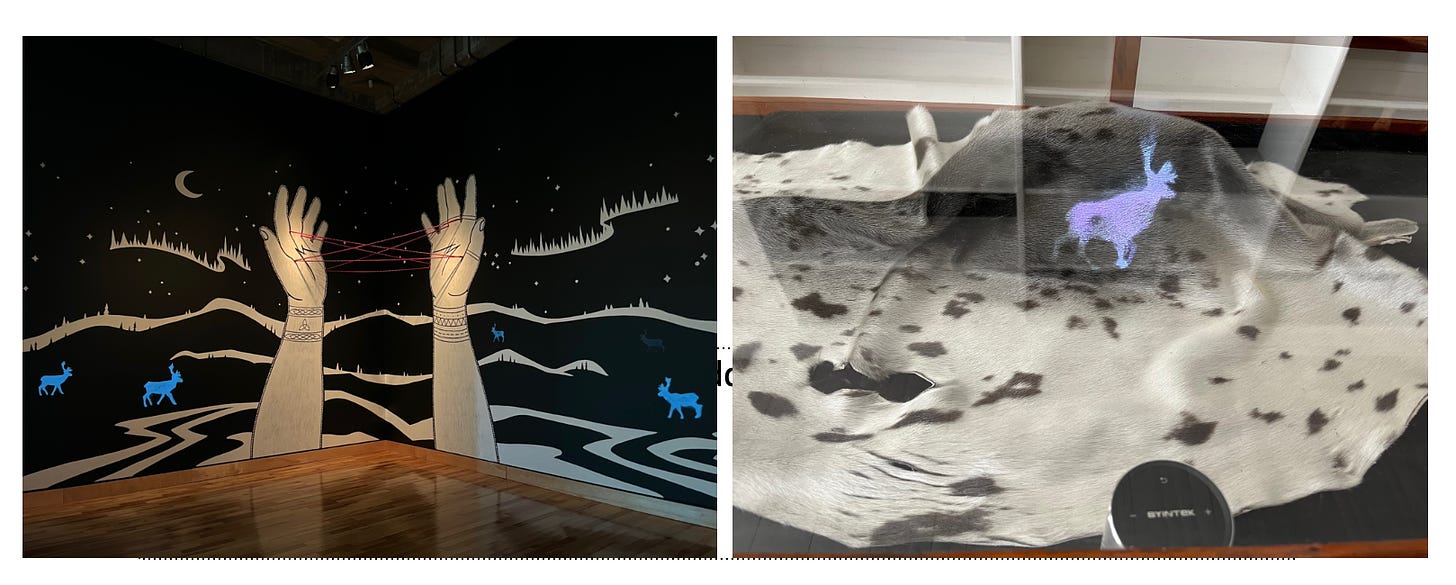
I experienced only a fraction of all that Newfoundland has to offer. St John’s is the most Irish city I’ve been in that’s not actually in Ireland, and a shockingly good time. (I even managed to get myself invited to an infamous ‘kitchen party.’)
The whales diving around our boat out at sea; a fantastic play about belonging and community at Rising Tide Theatre in quaint Trinity; the lap of affordable luxury at Fishers Loft in Port Rexton. I can hardly wait to go back. ❤️
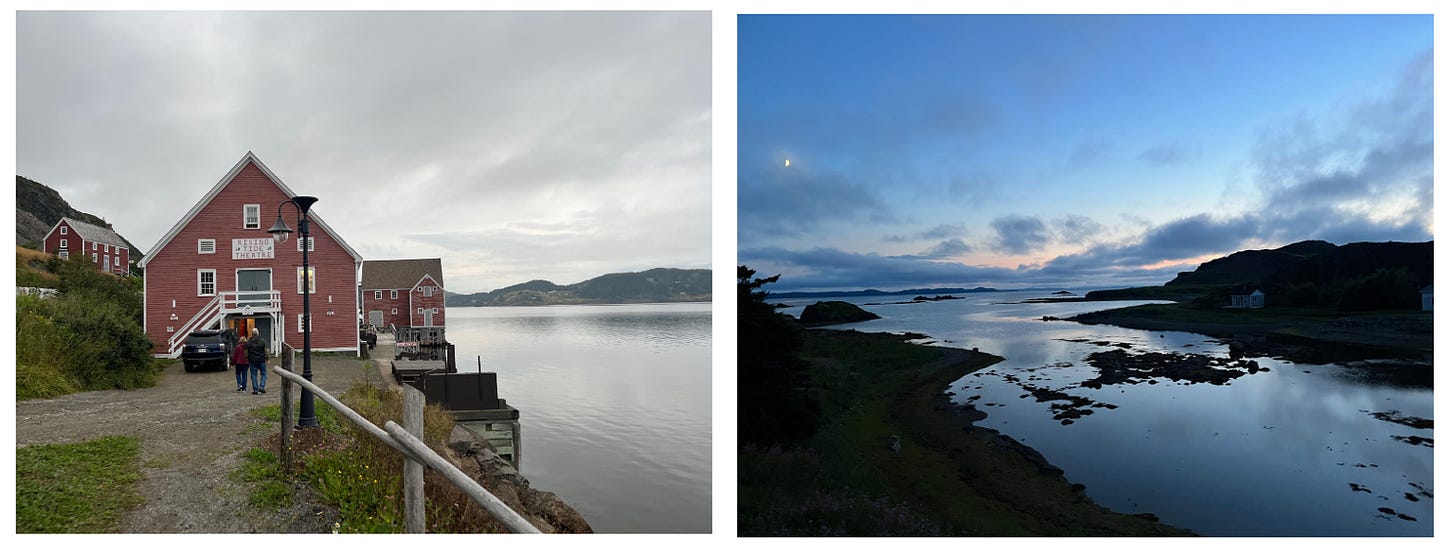
Books & Films & Festivals.
The Toronto International Festival of Authors runs September 21 to October 1, featuring an amazing line up of Canadian and international authors. I’ll be there this Saturday (Sept 23) and Sunday (Sept 24) all day as I’m producing 5 events. Come hang out with me if you’re in Toronto!
**
One US festival I’ve always wanted to attend is the Miami Book Fair. It’s a festival writers really fight to get programmed into, since it’s November and Miami (hello, sunshine) AND an outdoor street party kind of vibe. If you need a sun holiday to keep the SAD away, check out the great lineup. It seems worth planning a trip around, which one of these years I’ll manage to do!
**
It’s a busy month, so I ended up seeing only a few films at Toronto International Film Festival this year. Highlights included:
Dumb Money, a David (small-time investors) vs Goliath (Wall Street Hedge Fund types) tale, based on the crazy true story of the Gamestop (a stock) and Robinhood (a trading platform). It stars Pete Davidson, Paul Dano, America Ferrera and Seth Rogen. (I walked the red carpet for this film, which was a surreal experience!)
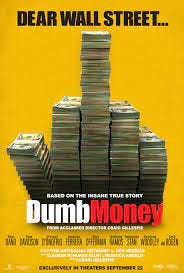
The opening night audience LOVED when producers Rebecca Angelo and Lauren Schuker Blum made the analogy between rich hedgies gaming the system and rich Hollywood studios doing the same to screw over writers. Hedge fund billionaire Ken Griffin, depicted in the film, is purported to be threatening Sony with a lawsuit.
I also really enjoyed Stamped from the Beginning, which explores the history of anti-Black ideas in a way that helps us grapple with present-day racism. Oscar-winning director Roger Ross Williams does a stellar job of adapting the 600-page book of the same name by Dr Ibram X Kendi into an accessible and engrossing film.
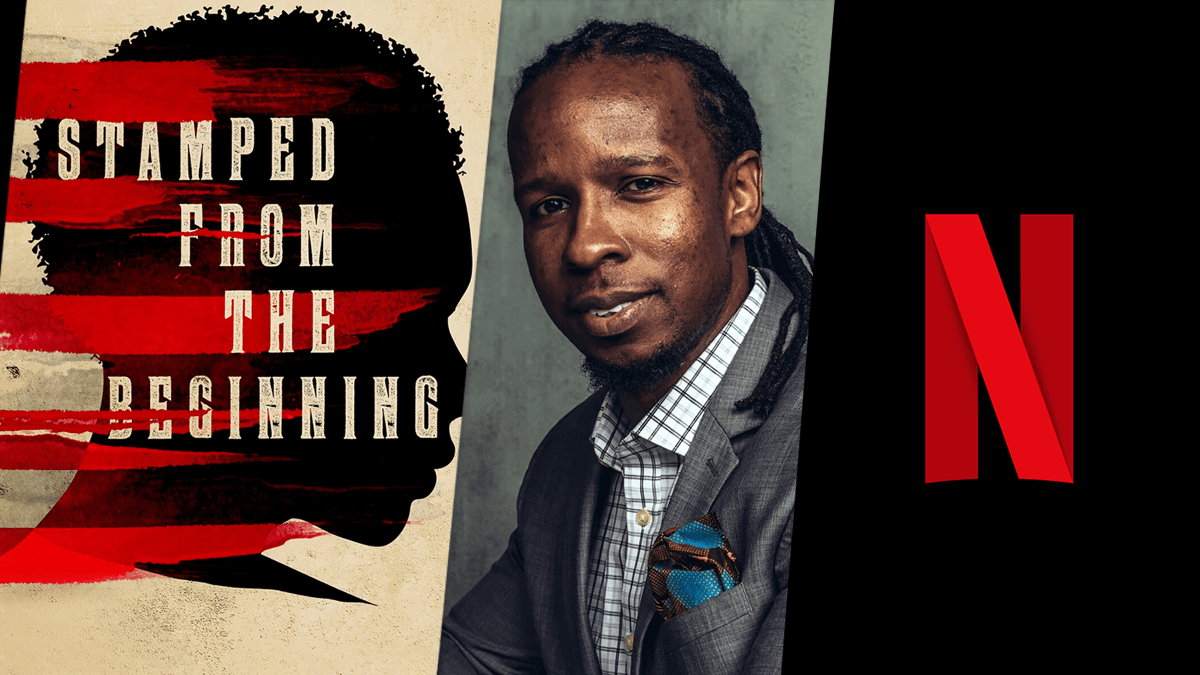
The Q&A afterward was thought-provoking, both in terms of discussing anti-racism and also the creative choices made. Producer Mara Brock Akil talked about the needs to (re)craft pitches in a way the person on the other side of the table can absorb, in order to get a project green-lit. A lesson for writers and producers alike.
**
I’ve come to love audiobooks, listening to them as I walk, or cook, or chill out. Apparently many of you must, too: as of 2022, audiobook sales were $1.8 billion in the US and $5.38 billion globally. (Difficult to find Canadian-only figures).
What I’m currently listening to: The Detective Up Late by Adrian McKinty, the 7th and final book in his Belfast-based series. McKinty has an ability with character and voice that is amongst the very best of any contemporary writer. Reading him is like a masterclass in craft.
Substack.
Substack is the platform through which I deliver you Letterbox, but I’ve been discovering what a strong community of writers and readers are there as well.
Anyone can sign up for Substack. You can access via a web browser on your computer or by downloading their mobile app. I use the desktop version to write but I read on my phone. Substack continues to build out their community features to assist writers to connect with readers and each other. There’s a Chat function and also Notes, a twitter-like scroll of commentary and posts, but none of it negative.
Through Notes, I’ve subscribed (either free or paid) to twenty-five publications so far. Everything from The Camont Journals with Kate Hill, a chef who writes from her 300-year-old farmhouse in Gascony, and who is launching this week a serialized culinary memoir. To Pine Street Publicity with tips on book publishing. To The Books That Made Us about, well, books.
My full reading list: helenwalsh.substack.com. I love to cook and to read, so my list is heavily weighted to cookery writers, travel writers, book discussions and publishing industry folks (agents, publicists, etc). And I’m just diving in to learn about serialized novels on Substack, which I think provides an interesting opportunity for writers.
Substack is free for writers with who have free newsletters; for paid newsletters they take a tiny percentage. Substack, like writers, needs revenue to survive, so they encourage writers to either produce a paid version of their newsletter, or ask for reader-support through low monthly amounts ($5).
I was surprised when out of the blue I received a reader contribution, then a second. I realized that Substack had introduced buttons into Letterbox that enables readers to contribute. Letterbox: Bookish & Filmish will always remain free, although I am introducing special add-on features to thank those readers who support my writing. And sending endless good karma their way 😉
Bye for now. Thank you for joining me for this twenty-third regular edition of Letterbox. See you next month.
